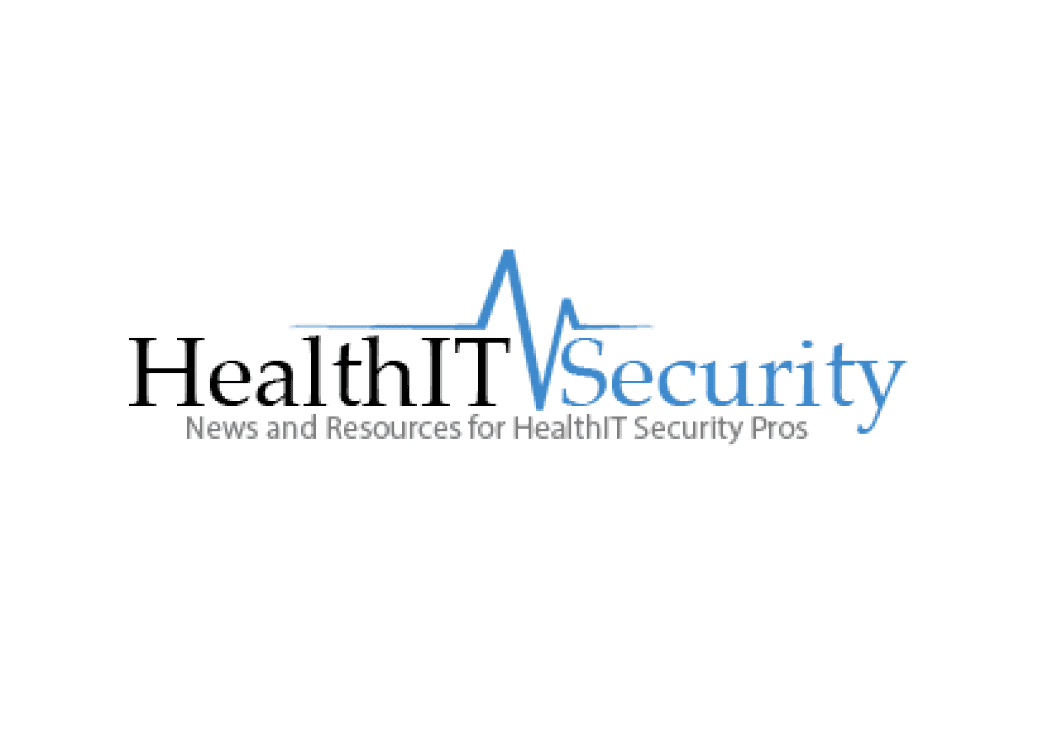
In the increasingly digital healthcare industry, it is essential to understand the available healthcare cloud management solutions for IT and data needs.
The healthcare sphere is increasingly a data-driven and interconnected system of information sharing ranging from patient electronic health records to cost and value metrics, clinical trial sets, readmission rates and even genomic sequencing. This is why healthcare cloud management solutions have become a more critical aspect to the healthcare IT space.
A 2014 EMC report indicated that the healthcare data space is growing at a rate of 48 percent per year, exceeding the 40 percent expansion across all of the digital realm. With such a diverse knowledge flow across the healthcare value chain from payers to providers and insurers, the need to securely coordinate and disseminate this information stream becomes critical.And this issue goes well beyond the news-grabbing headlines associated with cyberattacks and data breaches, which in 2015 accounted for nearly 100 million records accessed by unauthorized parties. An integrated and enterprise-wide platform for information transmission is an essential element in developing an efficient and well-functioning network.Understanding healthcare cloud infrastructure
This dynamic demands that healthcare participants, regardless of their place in the value chain, invest considerable capital spend on building a robust and highly operable IT architecture. For an increasing number of operations this means investments in cloud-based management systems.
A recent Dell study found that healthcare cloud application usage made a significant jump between 2014 and 2015. Specifically, cloud adoption increased from 25 percent in 2014 to 41 percent in 2015 in the healthcare field.
Cloud computing platforms provide a comprehensive solution-based approach for IT departments to manage their operating environment. In order to provide not just a secure environment for knowledge and data exchange, but an orderly, fast, effective and convenient one.Cloud-enabled systems provide endpoint administration across an organization’s ecosystem. The upshot is that IT assets are accessible enterprise-wide without the cost and maintenance associated with traditional on-site server systems.
What are the healthcare cloud advantages?
The capabilities of cloud technologies are myriad and becoming more valuable in the healthcare industry and beyond. These competencies include:
- Patching
- Discovery and Inventory Tools
- Software Distribution
- Administration
- Software License Monitoring
- Discovery and Invoice Management
- Custom Dashboards and Reports
Perhaps there is no greater emphasis for IT departments than patching, which is the means to consistently maintain the operating environment and keep the technology up-to-date.
Patching is primarily centered on software updates impacting the devices and systems of an organization. This is one of IT departments most critical tasks, as the primary target of cyber criminals is unpatched vulnerabilities in apps and the OS. The risk is acute as the 2016 IBM Security Report, which covers 18 years of patches, indicates there are over 100,000 known vulnerabilities. That works out to around 5,000 a year per device.
Yet, according to the Cisco 2015 Annual Security Report, only four in 10 company IT departments have a coordinated patching strategy.
Cloud-based systems management tools provide a repeatable, efficient and scalable regime to handle the stream of updates from a diverse array of operating systems including: Microsoft, Adobe, Cisco, Java, Apple and third-party vendors.
Read the full article at healthitsecurity.com.







